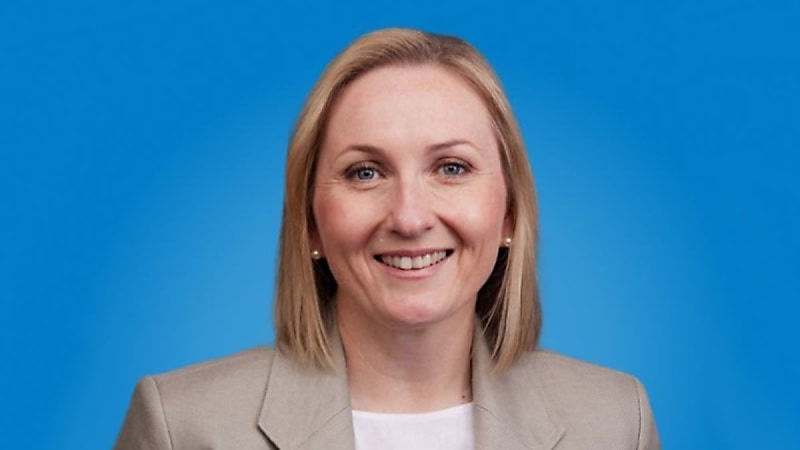Closing the super gender gap needs action, not just words: senior manager
The increasing engagement of women investing and SMSFs suggests things are moving in the right direction regarding closing the gender gap that exists in superannuation, but the overall balances prove there’s still a long way to go, says a senior technical manager.
Sarah Conte, senior manager, advice technical and regulatory for BT, said according to the ATO more women between the ages of 35 and 44 established SMSFs than men in the December quarter of 2023, but the Class Annual Benchmark Report found that in 2022 female balances in SMSFs were still on 84.9 per cent of male balance.
“In the upcoming May Budget, the Federal government is expected to announce further details on a recent policy announcement that is intended to close some of that gap,” she said.
Conte said the ATO statistics from June 2021 showed that the superannuation gender gap was sitting at 20.5 per cent.
“This year’s International Women’s Day theme, Count her in. Invest in women. Accelerate Progress, encourages us to take action, to ensure we accelerate progress, so future generations of women can truly celebrate gender equality,” she said.
Conte continued that advisers who are looking to appeal to the growing number of female investors in Australia are well aware of the demographic shifts in the wealth management landscape.
“Many past reviews of our superannuation system have highlighted the system isn’t necessarily failing women; rather the working-life earnings gap between men and women is what drives inequity in superannuation balances at retirement,” she said.
“On average, compared with men, women have higher representation in lower-paying industries, are more likely to work part-time, take more career breaks, and perform most of the unpaid caring and domestic duties.”
She said, however, more women are entering and re-entering the workforce and working full time and this, combined with the removal of the $450 per month qualifying rule to receive the superannuation guarantee and its increasing rate, may result in some narrowing of the superannuation gender gap.
“But more action is needed to get closer to parity and a recent legislative change highlights the government’s intention in tackling the superannuation gender gap with the Parental Leave Pay increase and the government’s intention to pay superannuation guarantee on PPL.”
Details such as on costings will be announced in the May budget and should this be implemented, it means $2,756 could be added to superannuation balances. Conte said when this amount is compounded over someone’s working life, this measure is a significant step towards superannuation gender parity.
She added the stage 3 tax cuts will also go some way to helping close the gender superannuation gap, and even if a proportion of these cuts is put toward superannuation, fewer women will reach retirement with financial insecurity and fear of living in poverty.
“With research highlighting there is a persistent financial literacy gender gap, with women having lower levels of financial literacy compared to men, the financial services industry has an important role to play, to count women in, to invest in women, and to close the superannuation gender gap,” she said.
“Advisers are in a special position to make a significant impact in this regard. By making complex topics more accessible; for instance, by using less financial jargon and more plain English, women can feel more confident to move forward with investing.”
For example, she added that BT answers around 8,000 queries each year from advisers through its technical hotline and emails and one of the popular advice themes being raised by advisers with female clients involves what happens to an SMSF following a marriage breakdown.
“The financial impact of divorce and relationship breakdowns can be very significant for women, and considerations around what happens with SMSFs in the event of a relationship breakdown should be made earlier rather than later,” she said.
“With SMSFs, superannuation is treated as an asset that can be split between couples. This involves transferring assets, usually cash, from one member of the couple to the other. Decisions will need to be made around whether both parties want to stay in the SMSF, if one wants to leave, or both want to leave and wind the fund up. Consideration will also need to be given to which asset of the fund will go to whom or if assets will be sold and cash transferred.”








